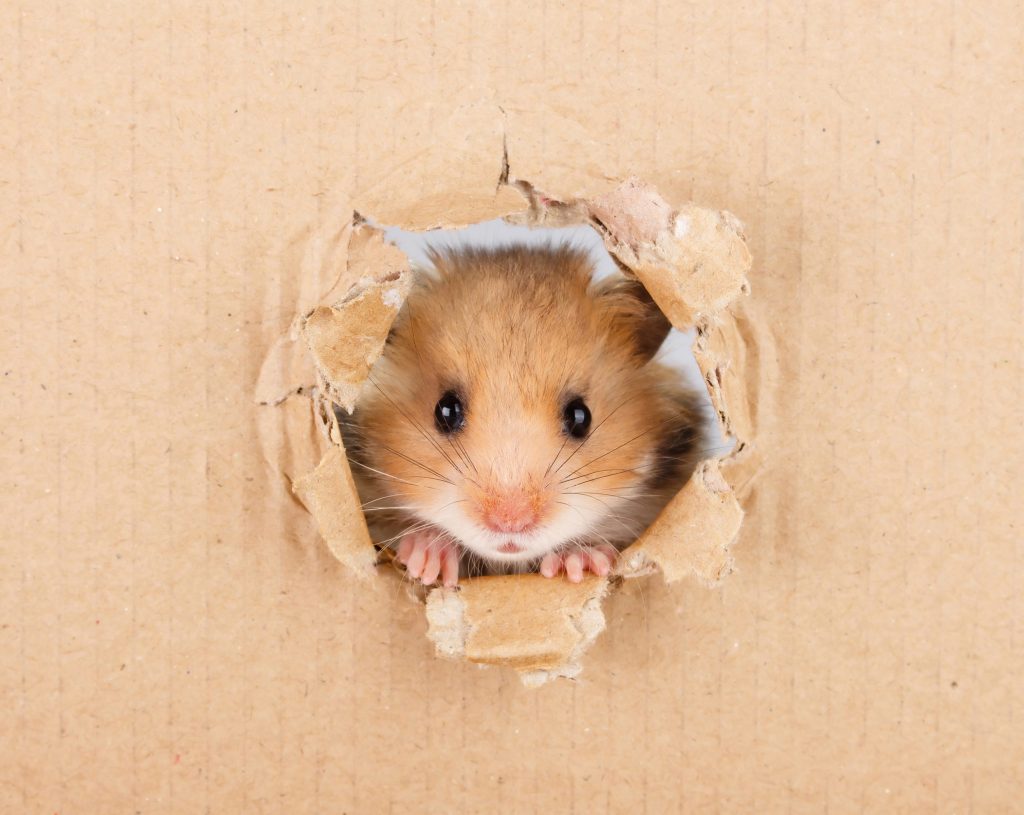Rethinking Rewards Beyond the Dog Bowl
When people think of pet training, dogs and treats tend to go hand in paw. But for owners of small or exotic pets—hamsters, rabbits, birds, rats, ferrets—the idea of structured training through positive reinforcement is often overlooked. Yet these animals are intelligent, curious, and surprisingly responsive when given the right motivation. The key? Knowing what kind of reward works for their species, size, metabolism, and even personality.
Training a rabbit to hop into a crate or a parrot to turn in a circle doesn’t begin with discipline or repetition—it begins with the perfect treat. But unlike the standard bacon-flavored chew for a Labrador, treats for small pets require careful consideration. Too big, and they risk overfeeding. Too bland, and they won’t hold attention. Too frequent, and you lose training momentum.
The world of small pet treats is nuanced. Owners must consider texture, scent, palatability, nutritional value, and how easily the animal can consume the treat during a training session. And since many small pets are prey animals, trust and calm interaction also become part of the reward loop. The goal is not just to reinforce a behavior, but to make the entire interaction safe, predictable, and rewarding—for the animal and the human.
Hamsters: Tiny Brains, Big Preferences
Hamsters, despite their small size, are intelligent rodents that can learn behaviors such as standing, spinning, or responding to cues. But their attention spans are short, and their dietary limits even shorter. High-fat treats like sunflower seeds or mealworms can be very effective motivators—but only in tiny doses. Because hamsters hoard, it’s essential to use training sessions to deliver treats directly by hand, not just toss them into the enclosure.
The best hamster training treats are small, aromatic, and fast to chew. Think flax seeds, oats, or thin shavings of vegetables like cucumber or apple. For Syrian hamsters, a single pumpkin seed may suffice as a jackpot treat. For dwarfs, half a seed or a drop of baby food can be more appropriate.
Texture matters. A crunchy treat engages the hamster’s natural foraging behavior, while soft options (like a dab of unsweetened banana puree) are useful for luring or target training. Avoid sticky or sugary human snacks—many small rodents cannot digest them, and some store-bought treats are packed with additives that can harm liver or kidney function over time.
Because of hamsters’ nocturnal nature, timing is also key. Training in the evening, when the animal is naturally active, will yield far better results than trying to interrupt a midday sleep cycle. Treat-based training with hamsters works best in short, consistent bursts—no more than five minutes at a time, with a rest day in between to avoid overstimulation.
Rabbits: Food-Motivated, But Easily Spooked
Rabbits are one of the most food-motivated small pets, making them prime candidates for training. From basic litter box behaviors to tricks like jumping onto platforms or touching a target stick, rabbits respond well to reward-based systems. But the wrong treat—too large, too sugary, too frequent—can throw off their delicate digestive system.
Fresh greens are often the most effective rabbit training treats. Parsley, basil, mint, and dill rank high in scent and taste, while also being gentle on their gut. A rabbit will quickly learn to associate a click, gesture, or cue word with a sprig of cilantro. Leafy herbs are better than sugary fruits or store-bought pellets, which should be used only occasionally as high-value jackpot treats.
For more advanced training, micro-diced carrot or apple can be used sparingly—but keep in mind that even small pieces of fruit can upset a rabbit’s microbiome if overused. The best size for a rabbit treat is something the animal can consume in under three seconds. Longer chewing breaks the rhythm of learning and leads to disinterest or distraction.
Rabbits also require a calm environment. As prey animals, sudden movement, noise, or looming hands can cause them to bolt. This makes trust-building essential before treat-based training even begins. Treats should be presented gently, at floor level, with the trainer sitting down and making eye contact from the rabbit’s side, not above.
Patience is key. Rabbits remember both positive and negative experiences, so consistent tone, timing, and treat quality are vital. Clicker training works exceptionally well with rabbits when paired with high-reward foods like fenugreek leaves or the occasional oat ring.
Birds: Precision, Personality, and Craving Novelty
Birds, especially parrots and parakeets, are renowned for their intelligence. They thrive on mental stimulation and learn behaviors faster than many mammals—but only when the reinforcement is worth it. Unlike rodents or lagomorphs, birds often require treats that satisfy their high metabolism while also delivering instant gratification.
The ideal bird training treat is small, easy to manipulate with the beak, and delivered with absolute timing. For budgies and cockatiels, hulled millet or safflower seed is king. For larger birds like conures or African greys, bits of almond, walnut, or freeze-dried fruit work well. With birds, variety matters. They grow bored of repetition quickly, and rotating between three or four treat types during a single session helps sustain interest.

Treat delivery method is also important. Birds prefer treats offered at eye level or via a finger or training stick. Scattering seed on a flat surface may engage foraging instincts but does little to shape behavior. Hand-delivered rewards build trust and help refine responses like stepping up, turning, or mimicking a sound.
One critical note: treats used during training should be taken from the bird’s daily food allowance—not added on top of it. Many small birds are prone to obesity, and because they hide symptoms of illness, owners may not realize a problem until it’s advanced. Keeping a training log and measuring reward portions ensures health remains a priority.
Noise sensitivity is also a factor. Unlike hamsters or rabbits, birds are vocal and responsive to verbal tone. A high, cheerful “yes!” can often double as a clicker replacement, particularly in home environments. Matching your praise with the treat—not after it—helps solidify the behavioral link.
Reward Sizing and Frequency: Less Is More
No matter the species, the golden rule of treat-based training is this: rewards should be quick to consume, low in calories, and spaced just far enough apart to maintain momentum. While dogs might get a biscuit per trick, small pets often need a tenth of that—literally.
With animals weighing just a few ounces, even one grape can exceed their daily sugar needs. Training sessions should be brief—five to ten minutes maximum—and ideally occur after, not before, a regular meal. This ensures that treats are desirable but not displacing essential nutrition.
Frequency also varies by personality. Some birds will train for 30 minutes straight, while a hamster may tire after three successful repetitions. Observing your pet’s signals—licking, retreating, turning away—is crucial. A great training session ends while the animal is still excited to continue, not when they’ve zoned out or become treat-satiated.
Tailoring Training to Species and Individual Traits
Beyond the mechanics of the treat, understanding the emotional and sensory world of your pet is essential. Is your rabbit nervous around new sounds? Choose soft herbs over crunchy fruits. Does your parrot enjoy applause? Use social cues as part of the reinforcement. Is your hamster fearful of handling? Start with luring and build up to interaction using seed rewards.
Each small pet species has unique preferences and boundaries. But even within species, individuals vary. Some hamsters prefer vegetable pieces to grains. Some rabbits work harder for dill than banana. Some birds crave movement and treat games, while others prefer direct reward and perch time.
Effective training isn’t about teaching tricks—it’s about deepening communication and trust. A good trainer reads the animal’s response, adapts the reward, and always ends on a positive note. Over time, pets begin to anticipate the learning session with curiosity, not stress, and the treat becomes more than food—it becomes affirmation.
Conclusion: Treats That Teach, Not Just Please
Training small pets is not only possible—it’s enriching. With the right treat strategy, owners can unlock hidden intelligence in animals often underestimated. Whether you’re coaxing a rabbit into its carrier, teaching a parakeet to whistle a tune, or guiding a hamster through a tiny maze, the right reward makes all the difference.
Small pet training requires precision, empathy, and above all, the understanding that treats are not just transactions—they are tools for relationship-building. Used wisely, they open a line of communication between species that transforms routine care into meaningful interaction.


















































